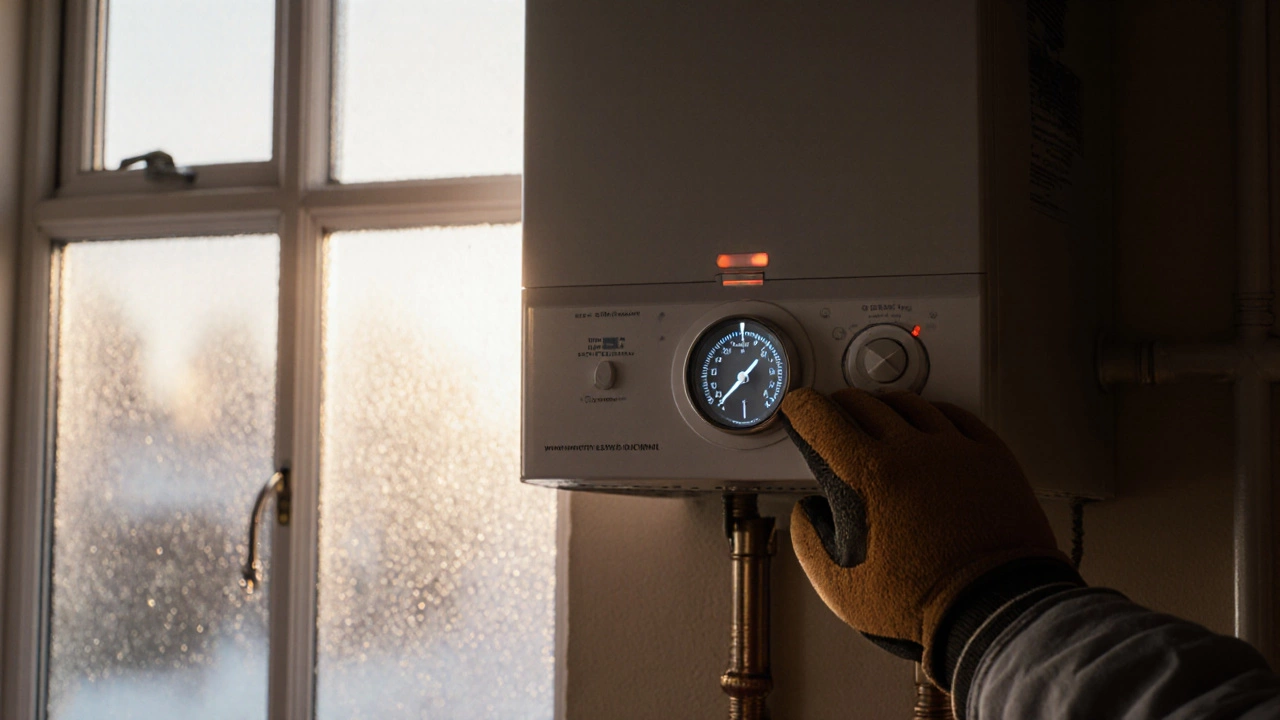Discover the most common boiler problems, their symptoms, DIY fixes, and when to call a professional. Includes a troubleshooting checklist, maintenance tips, and a handy FAQ.
Boiler Troubleshooting: Essential Tips for Safe and Fast Repairs
When your home heating stops, knowing how to diagnose the problem can save you time and money. Boiler Troubleshooting the process of identifying and fixing faults in residential heating boilers. Also called boiler diagnostics, it often starts with checking the boiler lifespan the typical years a boiler operates before major components wear out, and performing a gas safety inspection a check of gas lines, pressure, and leak detection by a certified engineer. Deciding whether a plumber a tradesperson licensed for pipe work and some heating repairs or a qualified heating engineer should handle the fix is another key step.
Boiler troubleshooting boiler troubleshooting isn’t just about flipping switches. It requires a systematic approach: first, verify that the thermostat is set correctly and that the power supply is active. Next, listen for error codes on the control panel; most modern boilers flash a sequence that points to a specific fault. If you see a low‑pressure warning, the system likely needs a top‑up of water—something you can do yourself with a few simple steps. When the flame fails to ignite, it’s usually a gas‑supply issue or a faulty ignition electrode, both of which need a certified professional to check for safety compliance.
Key Areas to Check During Boiler Troubleshooting
Understanding the relationship between the three core entities—boiler lifespan, gas safety inspection, and qualified repair personnel—helps you decide the right action. Boiler troubleshooting requires a gas safety inspection to ensure that any work you perform won’t expose the household to carbon monoxide. A gas safety inspection influences the next steps: if the boiler is nearing the end of its typical lifespan (around 10‑15 years for most models), it may be more cost‑effective to replace rather than repair. Conversely, a well‑maintained boiler that’s only a few years old often just needs a part swap, like a new pump or a faulty thermostat.
Another important semantic link: boiler lifespan influences troubleshooting frequency. As a boiler ages, you’ll notice more recurring issues—noisy operation, reduced heating output, or frequent error codes. Those signs suggest that the internal heat exchanger or pressure relief valve is wearing out. In such cases, a plumber can help with basic valve checks, but a heating engineer is essential for deeper component replacements, especially when dealing with gas‑related parts.
Finally, remember that gas appliance inspection affects boiler safety. Even if the boiler seems to work, a missed leak can turn a minor fault into a lethal situation. Annual inspections by a Gas Safe registered engineer are the industry standard, and many insurers require proof of such checks before covering boiler repairs. This ties back to the decision of who should fix the boiler: a plumber can handle non‑gas‑related tasks, but any gas‑related repair must be done by a certified professional.
Below you’ll find a curated collection of articles that dive deeper into each of these topics—whether you need a step‑by‑step guide to testing your boiler pressure, safety tips for old boilers, or advice on when to call a plumber versus a heating specialist. Use these resources to empower your troubleshooting, keep your home warm, and avoid costly surprises.

